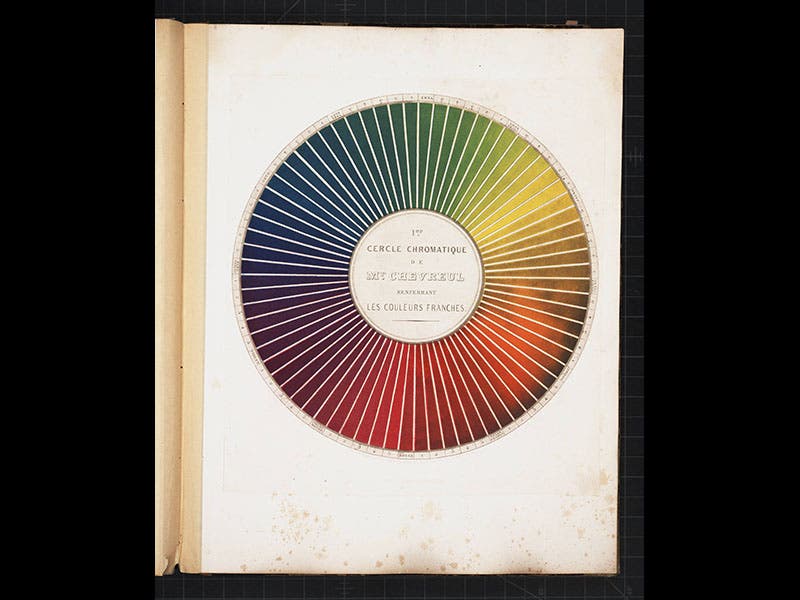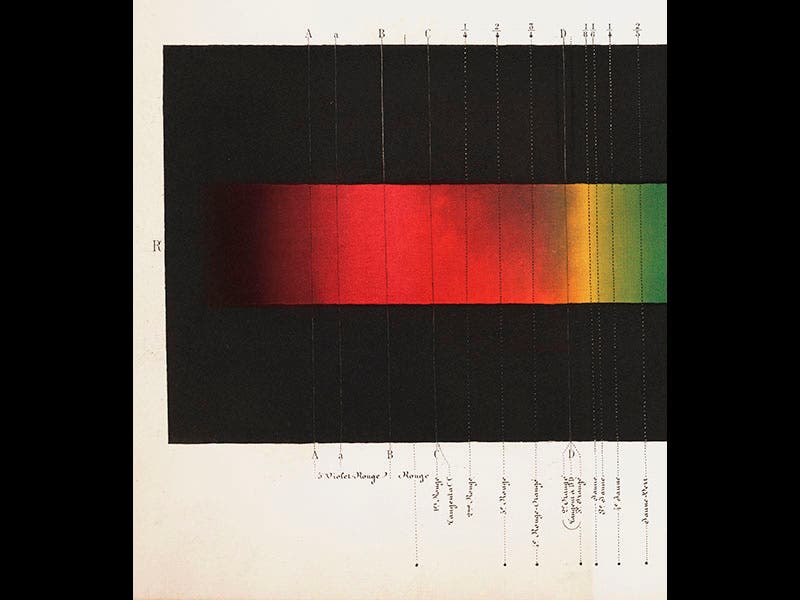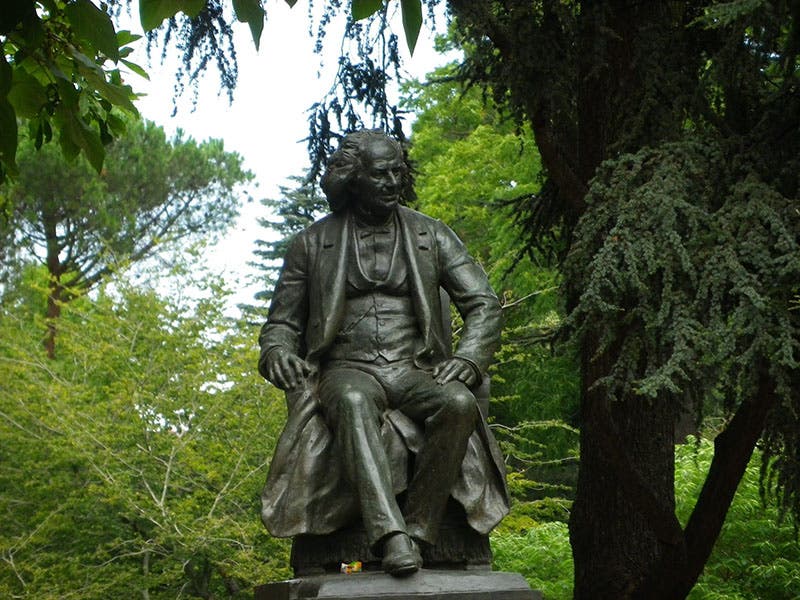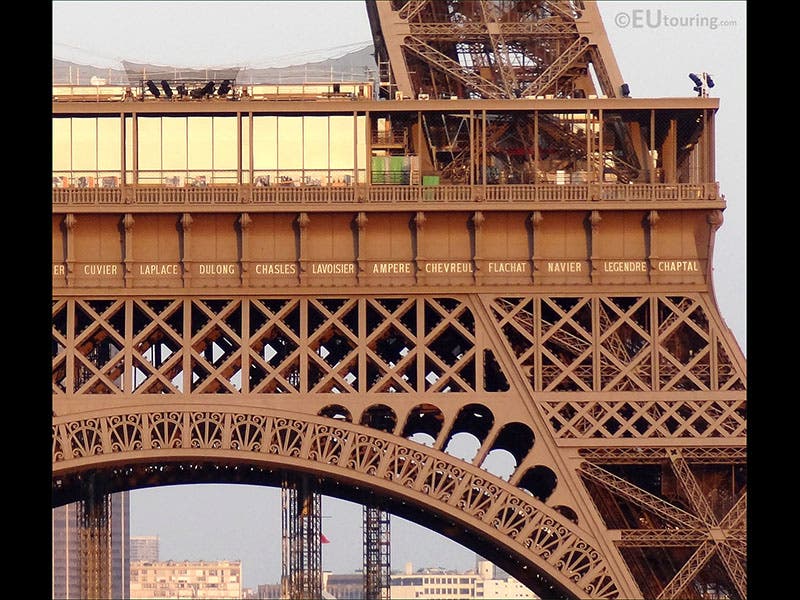Scientist of the Day - Michel Chevreul
Michel-Eugène Chevreul, a French chemist and color theorist, was born Aug. 31, 1786. In 1824, Chevreul became director of the Gobelins Royal Tapestry works in Paris, and one of his tasks was dealing with complaints about the inconsistency of dyed cloth from Gobelins. Chevreul discovered that the color of cloth can seem to change when the colors next to it change, but it is an optical effect, not a dyeing defect. He published a book on the "simultaneous contrast of colors" in 1839, which also noted that the mixing of light is quite different from the mixing of pigments when it comes to color. Chevreul's book was apparently read by some of the French Impressionists and Neo-impressionists, and Georges Seurat in particular noted that if the artist mixed two pigments on the canvas, the effect was quite different than if the painter placed two dots of different pigments side by side and let the eye do the mixing. Art historians still debate whether Chevreul had any real impact on the Impressionist movement as a whole, but it does seem that at least a few of them, notably Pissarro and Seurat, thought they were putting Chevreul's color theory into practice.
We do not have Chevreul's De la loi du contraste simultané des couleurs in the Library, but we do have his Exposé d’un moyen de définir et de nommer les couleurs (1861), which attempts to find a way to define individual colors scientifically. The book has a folio Atlas with ten color wheels, on which 72 colors are defined and named, such as red, red-orange 1, orange-yellow 3, etc. (first image). The scheme is rendered "scientific" by the first plate, a large fold-out spectrum of the sun, with Fraunhofer lines indicated. As one can see in a detail of the red-orange region (second image), Chevreul attempts to connect each named degree of color with a particular Fraunhofer line. The scheme did not have much success in the color-naming community.
Chevreul lived to be almost 103, which is quite remarkable. He not only saw the French revolution, he was around to celebrate the Centennial of the Revolution in 1889. Many of the French scientists who were reburied in the Pantheon as part of the Centennial were men that Chevreul knew intimately. There is a statue of Chevreul in the Jardin des Plantes in Paris, and another in Angers (third and fourth images). His was also one of the 72 names of French scientists placed on the Eiffel Tower when it opened in 1889. In the photo above (fifth image), Chevreul’s name is just right of center, right next to Ampère’s. Chevreul had studied with Ampère, 70 years earlier.
Dr. William B. Ashworth, Jr., Consultant for the History of Science, Linda Hall Library and Associate Professor, Department of History, University of Missouri-Kansas City. Comments or corrections are welcome; please direct to ashworthw@umkc.edu.











